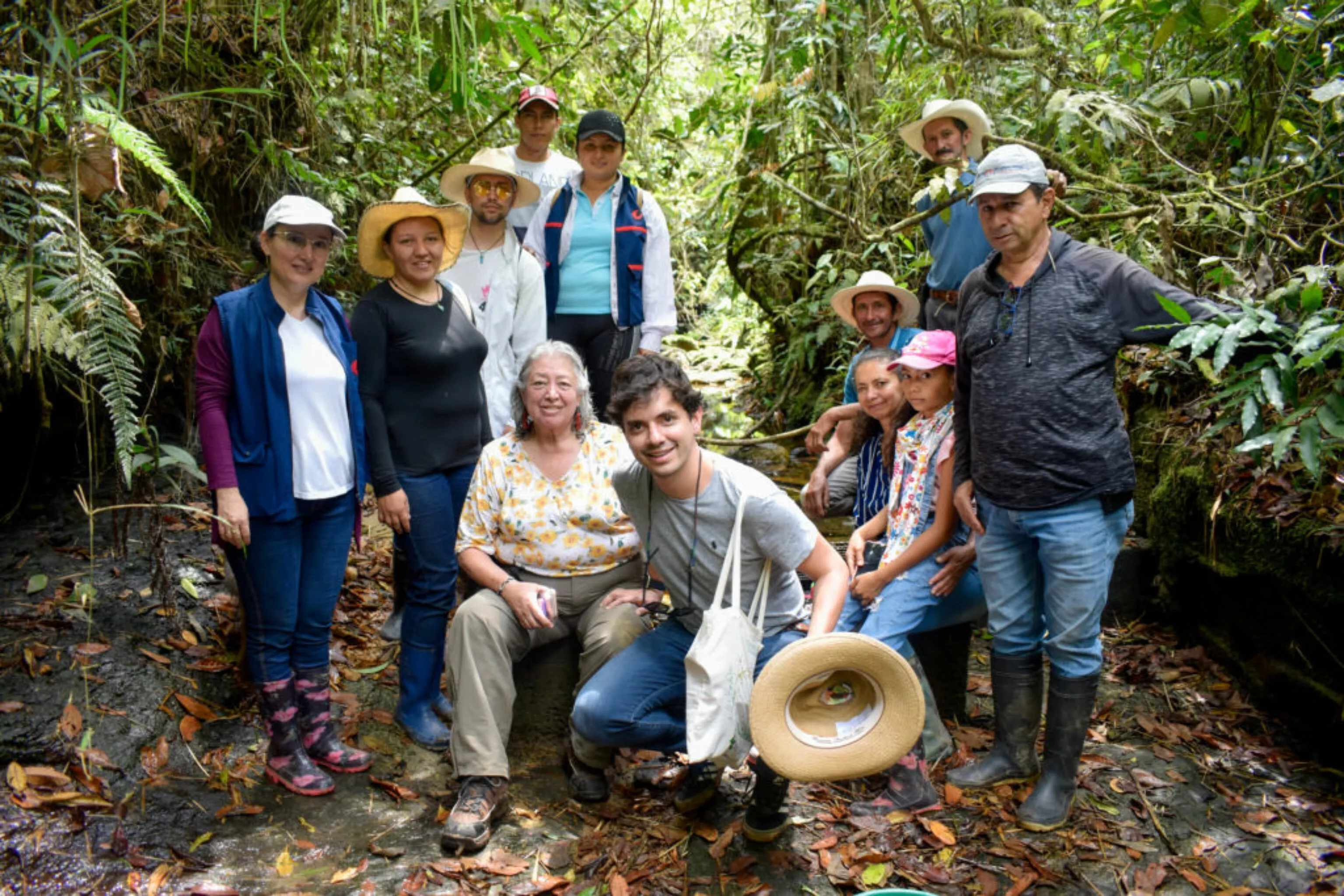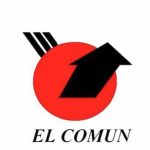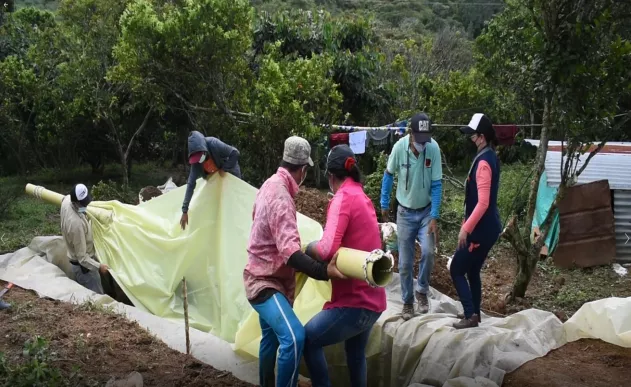The project
The project involves the restoration of the entire hydraulic system, including the replacement of damaged elements such as pipes, and meets the water resource needs of local communities in order to improve living conditions and hygiene. The aqueduct is reserved for domestic use. As such, it directly benefits the local population.
The project has been running in three stages since mid-February 2023:
First, during fieldwork carried out voluntarily by Gomez Cajiao engineers, who carried out a topographical survey and water characterization.
This will be followed by a diagnostic and detailed design phase, involving the compilation and analysis of data obtained during the fieldwork, as well as a hydrological study accompanied by hydraulic designs for the aqueduct’s renovation.
Finally, a construction phase, to be carried out directly by local community members, will enable them to gain direct skills and economic value from their involvement in the project. Several community members have construction skills that will be valorized, and this approach will enable the community to continue its self-management of the aqueduct, as it has done for years.
The various stages of the project are spread over a period of 5 months, with the majority of the work corresponding to the restoration of the hydraulic system.
Sustainable construction
Restoring the aqueduct’s hydraulic infrastructure is in keeping with the theme of sustainable construction, as it will avoid the need to build a new system to meet the water needs of the Quitasol community.
Indeed, the restoration of the existing pipes will enable the implementation of a net zero deforestation project, in a region where the balance of the forest ecosystem is paramount for the local population.
What’s more, the restoration of the hydraulic systems will improve efficiency and reduce water losses along the way.


